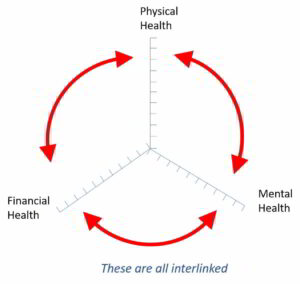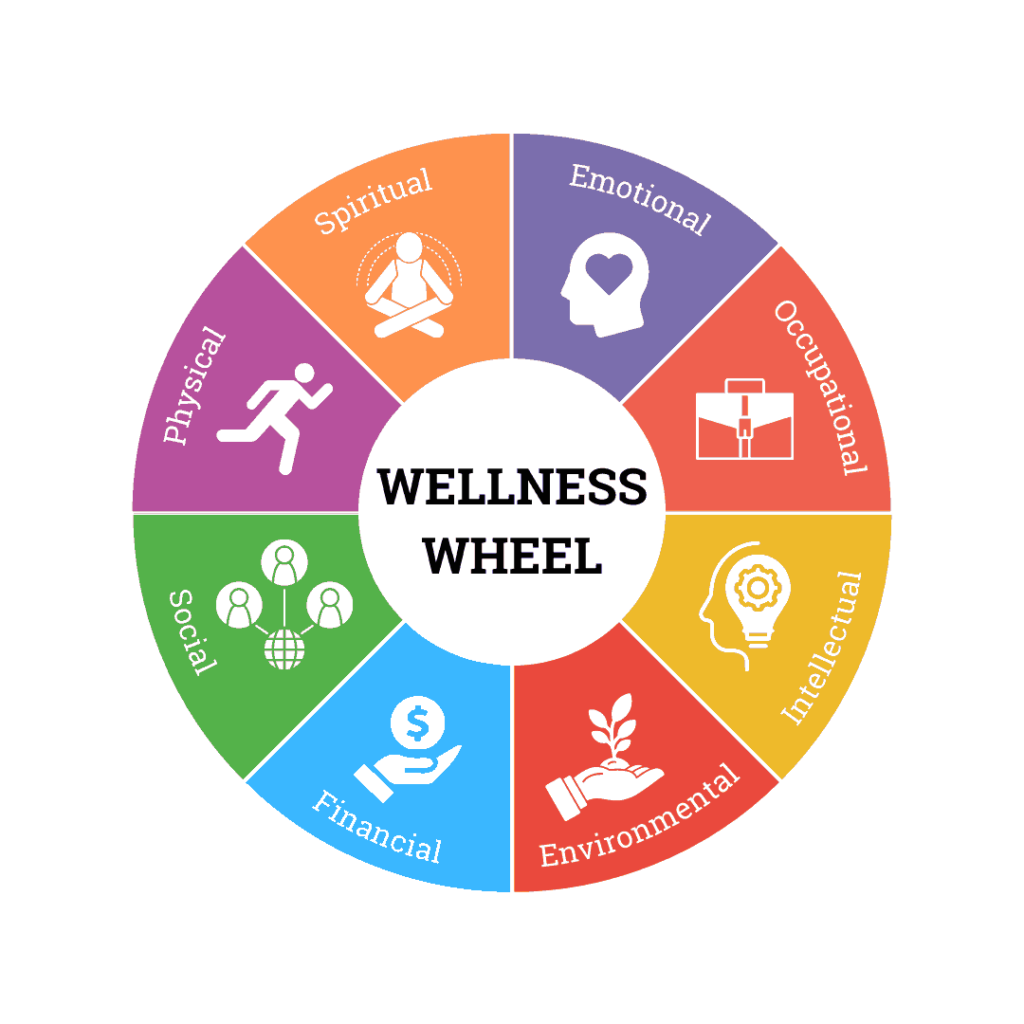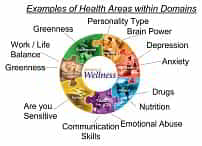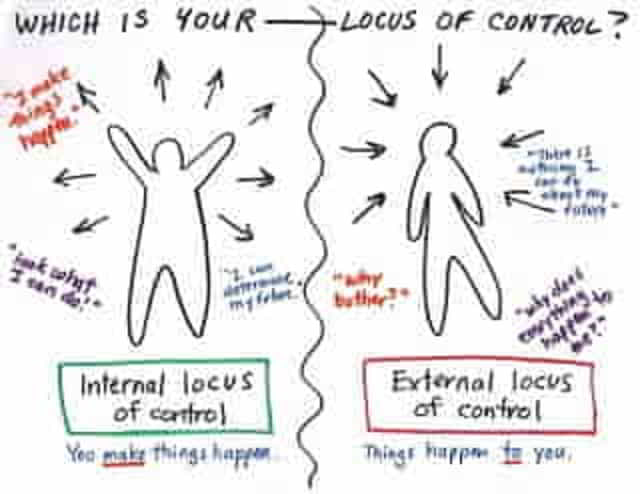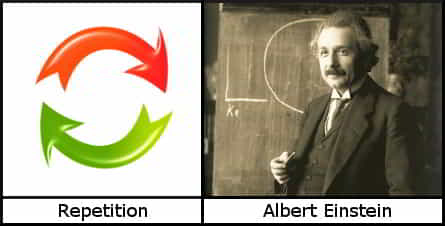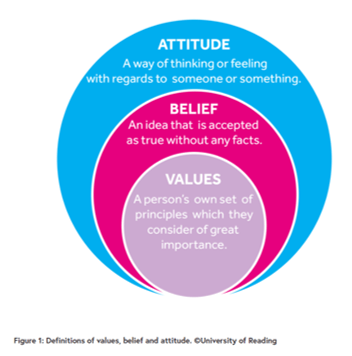By Hannah Ritchie
Oxford Martin School 4 February 2019
An increasing number of people are reducing their meat eating – or cutting it out altogether.
This could be to become healthier, reduce the environmental impact, or consider animal welfare.
Trends such as Meat-free Mondays and Veganuary are contributing. This also has an impact on the planet.
So what’s changed – which countries eat the most meat?
Rising incomes
What we do know is that global meat consumption has increased rapidly over the past 50 years.

Meat production today is nearly five times higher than in the early 1960s – to more than 330 million tonnes in 2017.
Partly because in that period the world population has more than doubled, so there are more mouths to feed. In the early 1960s there were around three billion people, and today there are more than 7.6 billion.
We are also benefiting from rising incomes, with the global average income more than tripling in half a century. Typically, the richer people are, the more meat they eat – so look at countries’ incomes.
Calculate your diet’s carbon footprint
Fast food giants under fire on climate and water usage
Who eats the most meat?

There is a clear link between wealth and meat consumption across the world.
High levels of meat consumption are common in the West. Most countries in Western Europe consumed between 80 and 90 kilograms of meat per person in 2013.
The US and Australia ate most meat annually. Alongside New Zealand and Argentina, both countries topped more than 100kg per person, the equivalent to about 50 chickens or half a cow each.
Many of the world’s poorest countries ate very little meat – it is still very much a luxury.
The average Ethiopian consumes just 7kg, Rwandans 8kg and Nigerians 9kg. This is 10 times less than the average European.
Middle-income countries driving the demand for meat
Middle income but rapidly growing nations like China and Brazil have seen significant economic growth in recent decades, and a large rise in meat consumption.

In 1960s China consumed less than 5kg a year but by the late 1980s this had risen to 20kg, and in the last few decades this has more than tripled to over 60kg.
In Kenya, meat consumption has changed little since 1960.
In Brazil meat consumption has almost doubled since 1990.
The one notable exception is India, where the amount of meat consumed is less than 4kg per person – the lowest in the world. Yet average incomes have tripled since 1990. This is likely to be partly down to cultural or religious factors.
Is meat consumption falling in the West?
We might think so, but it wasn’t reflected in the last statistics – it may change soon!
Meat consumption per head in the US in 2018 was close to its highest in decades, and it’s similar in the EU.

We are eating less red meat and more poultry, which is now half the meat eaten in the US – it was a quarter in the 1970s.
The impact of meat
Moderate quantities of meat and dairy can improve people’s health, particularly in lower-income countries where diets may lack variety. Red and processed meat can increase the risk of heart disease, stroke and certain cancers.
About this piece
This analysis piece was commissioned by the BBC from an expert working for an outside organisation.
Hannah Ritchie is an Oxford Martin fellow, and is currently working as a researcher at OurWorldinData.org. This is a joint project between Oxford Martin and non-profit organisation Global Change Data Lab, which aims to present research on how the world is changing through interactive visualisations. You can follow her on Twitter here.
YouDrive thinks:
Wow. This de-bunks a lot of popular thought, and shows that we’re being fed a lot of ‘fake news’ which is telling us what people think we ought to hear.
Western meat consumption is increasing? Not what we’re being told.
We guess it’s more about affordability.
